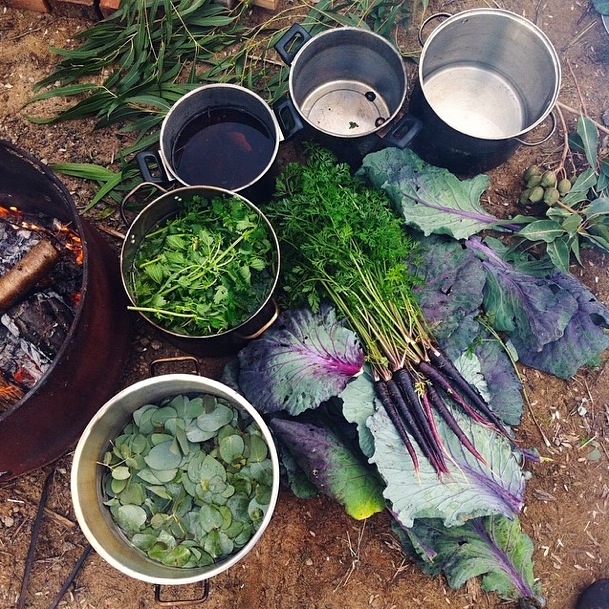
Allow us to point out the overwhelmingly obvious here, but how damn awesome are plants? They’re satisfying to grow, super delicious to eat, and of course also perform a whole host of tasks that keep our planet humming.
But wait, there’s more. Another side of their beauty really shines when you use them for dyeing fabrics.
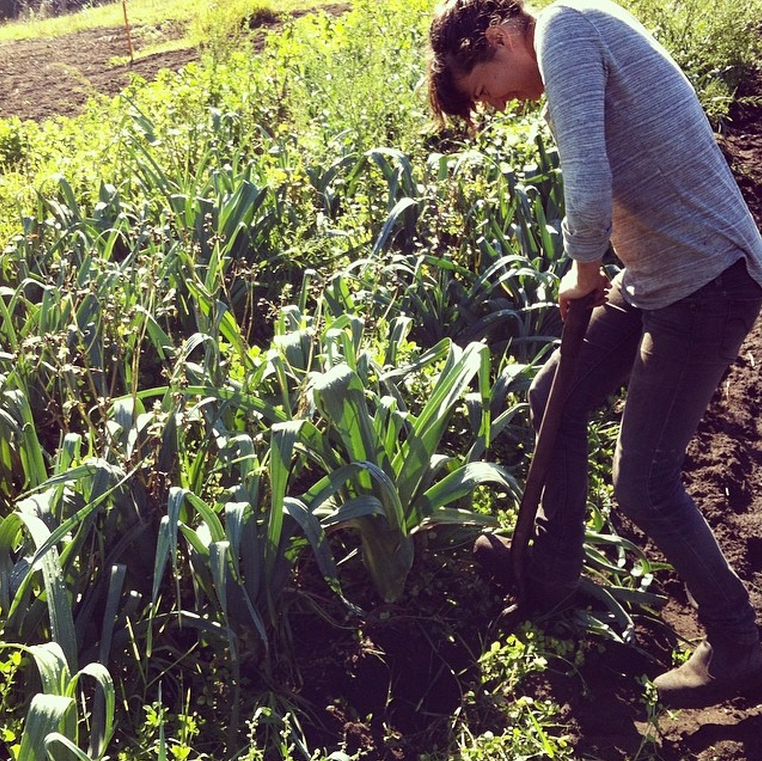
Bel – a lady of many talents, from leek raising to plant dyeing
Belinda Sheekey, an ex-intern of ours, is currently an intern at Transition Farm in Victoria. She’s spent the last few years skilling up on this magical process, and we’ve enjoyed watching her dye sessions at the farm over an open coal fire.
“Looking through my instagram feed, it probably looks like I’m doing a dyeing internship, but I’m actually learning how to farm organically and bio-dynamically, and the dyeing just goes on during the weekends!” Bel says.
Belinda’s obsession started with a job in a craft store, and snowballed from there. “During a late night dorky-craft internet binge, I stumbled across an amazing website that completely blew my mind – fibershed.com,” she says.
“At that time, the creator of the website Rebecca Burgess, was documenting her year-long experiment in clothing herself with textiles whose dyes, fibres and labor were sourced from a region no larger than 150 miles from the project’s headquarters in California.
Similar to the idea of eating locally and supporting local producers and farmers, Rebecca was clothing herself locally – while at the same time supporting local artisans and fibre producers – with very little negative impact on the environment.
I kept thinking about what we put into our bodies and what we put onto our bodies, and how important both of these concerns are.
Something clicked inside me, and it suddenly didn’t make sense to me to be eating clean and organic, while still wearing synthetic dyes and synthetic fabrics.”
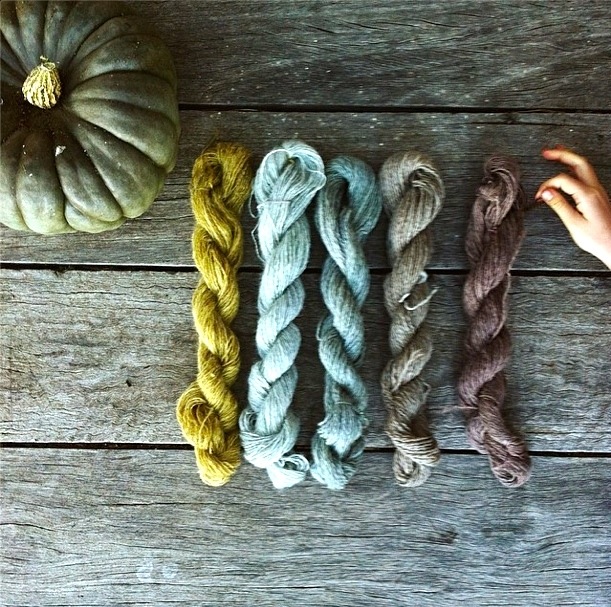
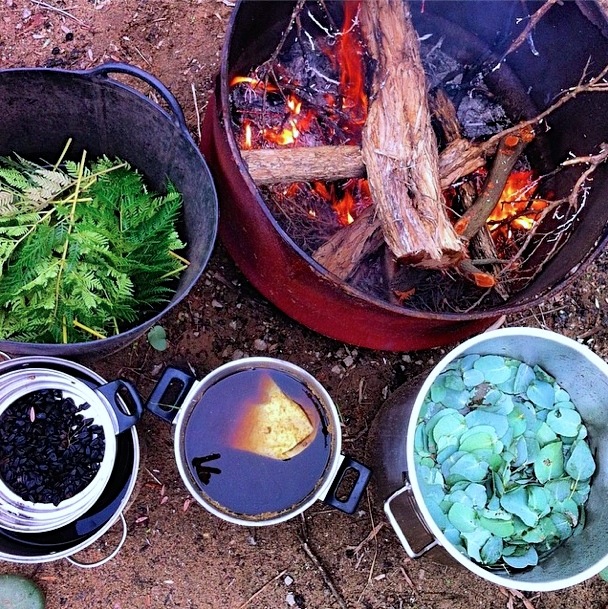
Belinda taught herself by scouring every page of ‘Harvesting Color’ by Rebecca Burgess, along with plenty of practice, internet tutorials and local workshops.
“It’s such a lovely feeling to get together with a bunch of other awesome folk (often women) and spend the day crafting and creating and sharing stories!
I took a couple of indigo dyeing courses with Karen and Pepa from Shibori which were incredible, and then last Autumn I attended a week-long natural dyeing workshop in the Blue Mountains which really pushed me to experiment more and more.”
She generally dyes wool or alpaca yarn, which go on to become beanies. Keep your eyes peeled for this lady later this year when she hopes to begin selling these along with naturally-dyed homewares and bags.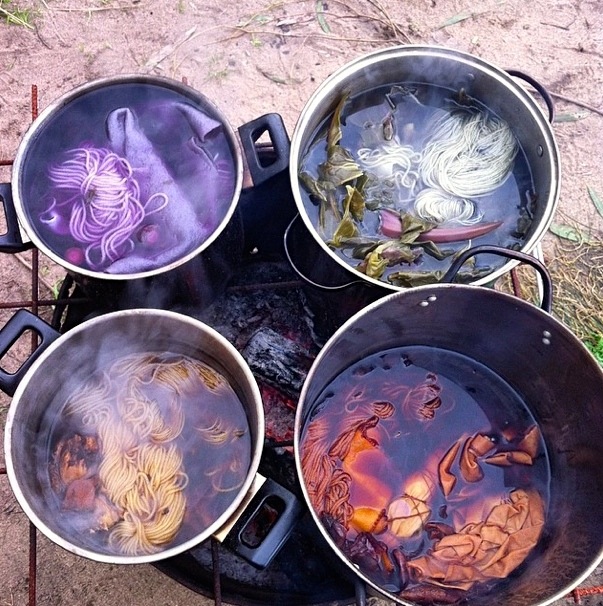
Belinda’s current 10 fave plant Dyes
“The basic dye recipe for the following examples is: dye plant + gently simmering water + fibre of your choice (protein fibres such as silk or wool produce the strongest results) + time and patience = colourful fabrics and fibre!
Cook your plant dyes outside if possible, and keep your dye pots separate from your cooking pots.”
It helps to add a mordant, or fixing agent (like Alum) to some plant dyes to ensure the color holds to the fabric. But this process is basically the color version of wild fermentation – so experiment, and build your knowledge. See here for more mordant info.
Tumeric
This is such a great dye to get started with, as it’s readily available (you’ve probably got some in your pantry right now!).
A little goes a long way, and it doesn’t need a mordant to help the dye adhere to the fibre (mordants are minerals such as alum, copper or iron which help bind dye colour to fibre). It produces a sunshine golden yellow.
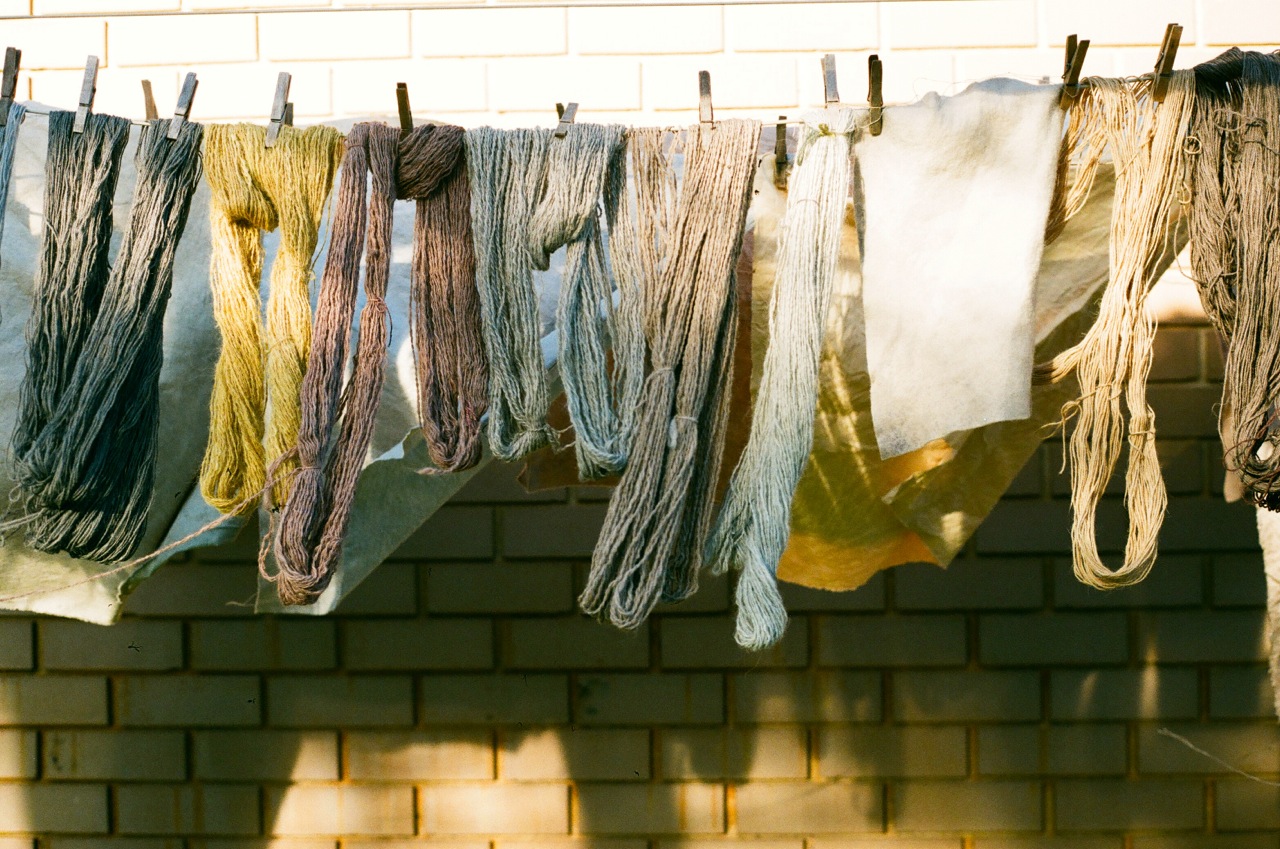
Red cabbage/red cabbage leaves
Use the head of the cabbage to produce gorgeous lilac purples or blue-greys. Also, the outer leaves of the cabbage (which you’ll have access to if you grow your own cabbage or intern on a farm!) produce the most beautiful soft greens.
Alum is a great mordant to use with cabbage – it will help the dye stick to the fabric and will intensify the colour produced.
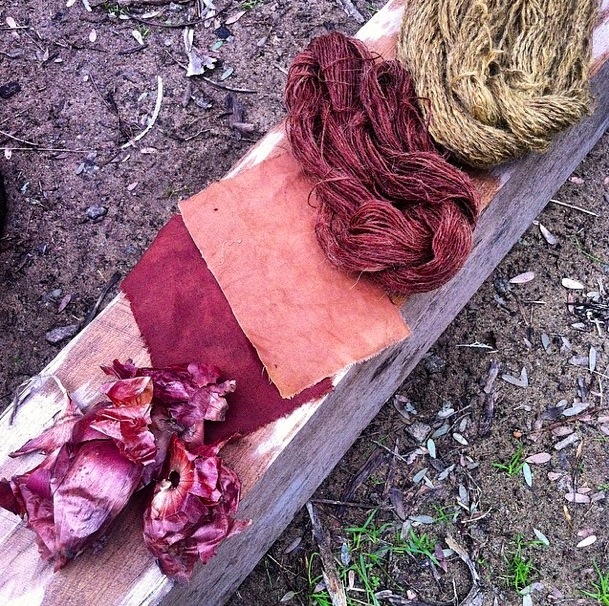
Red/brown onion skins
You can be a dork like me, and save up your onion skins for dyeing, or you could probably ask your local farmer if you could have some of theirs instead! Red onion skins produce rich and warm browns, while brown onion skins produce yellows.
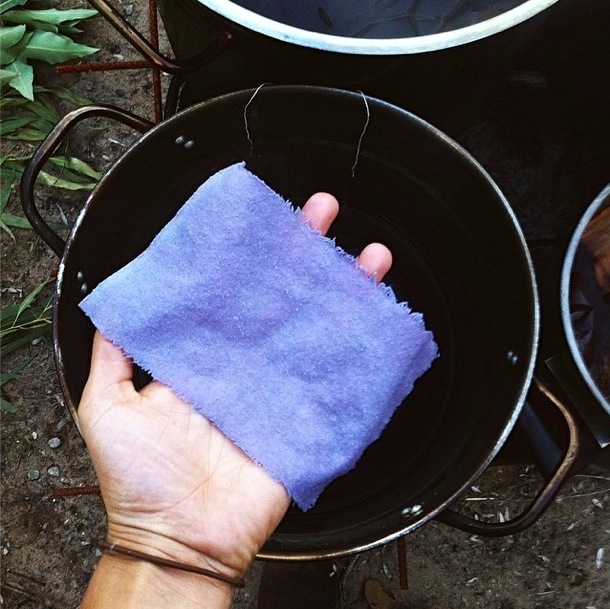
Purple Carrots
Packed full of colour, these carrots (Deep Purple variety) produce a stunning lilac purple or cornflower blue dye. Simply chop into chunks and gently bring to a boil, then reduce to a simmerand add your fibre of choice!
You could plant a row of these in your backyard and produce your own local colour!
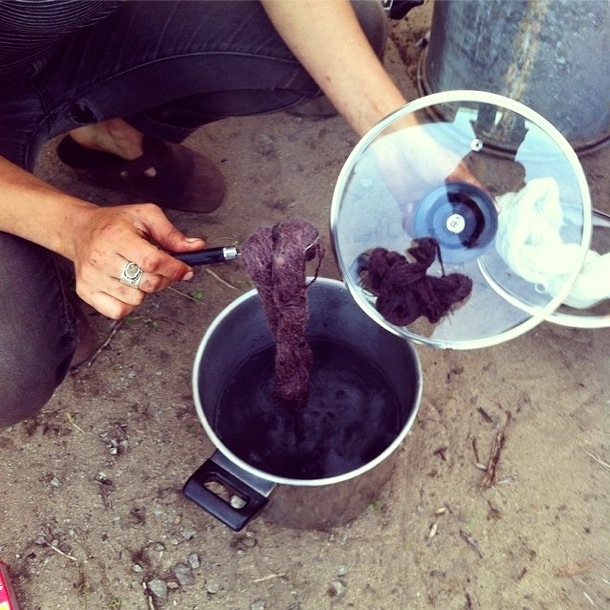
Indigo
Traditionally, Indigo blue is produced through a process of fermentation, so it’s a little bit more complicated than some other dye plants. But the dreamy sky and sea blues that Indigo produces are worth the effort.
So far, I’ve only experimented with Indigo in powdered form (which you can purchase online), but I dream of a day where I can grow and harvest my own Indigo for dyeing!
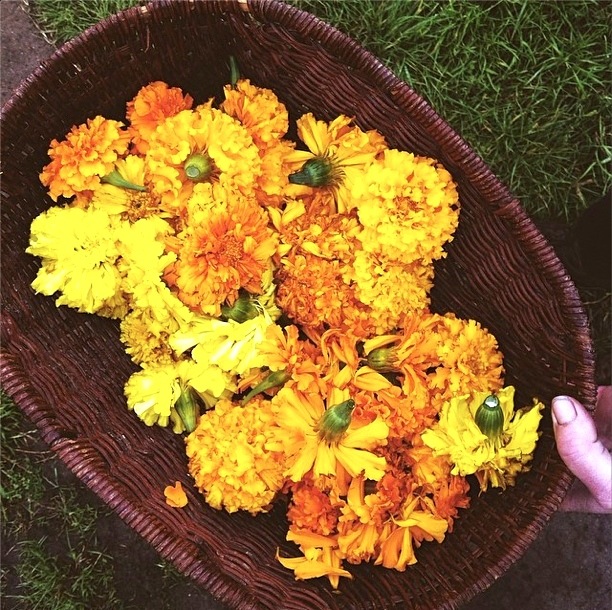
Marigolds
This year, the first frost hit Transition Farm in late April. Soon after, the Marigolds started to turn brown – but just before they did, we ran out and grabbed a whole heap of these beauties to dye with!
Marigolds are another great dye to start experimenting with, and they produce golden yellows, oranges and greens.
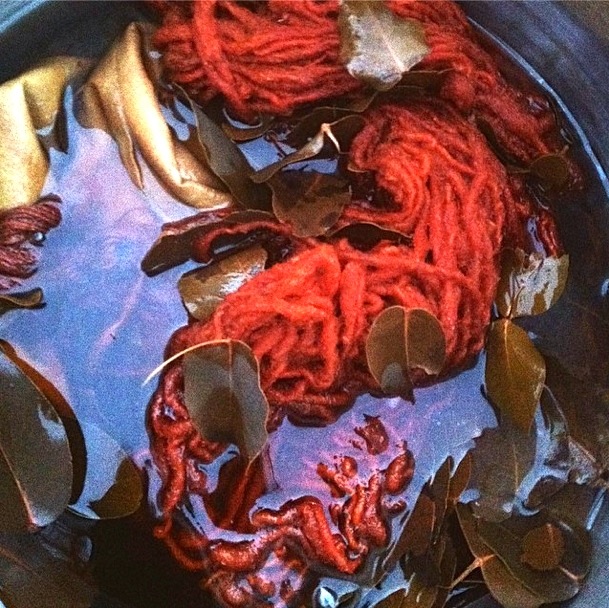
Eucalyptus cinerea
This is a favourite of mine. An absolute stunner in plant form, Eucalyptus cinerea has silvery rounded-shaped leaves (and are often for sale at florists).
The silver-green leaves smell absolutely amazing as they are being heated (always a bonus), and they produce an electric orange colour. Crazy!
You’ll feel like a witch the first time you use this plant dye.
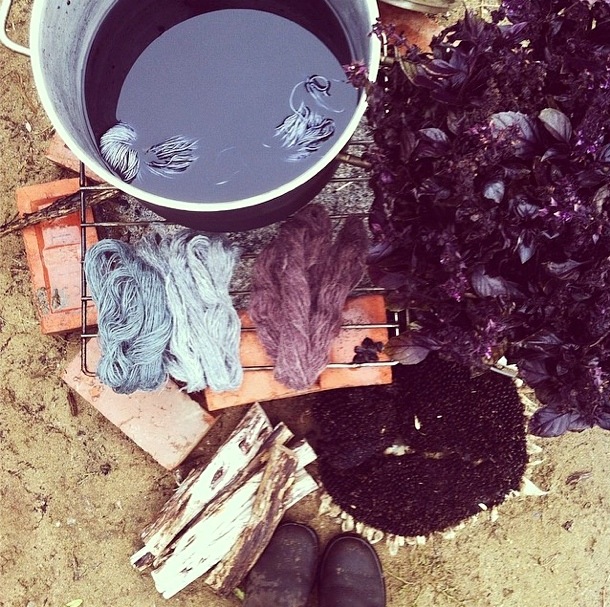
Sunflower seed hulls
When dyeing with plants, there are many factors which can effect the colour you will produce.
Depending on when you harvested the plant, what the conditions were like, how the plant was stored after harvest, how much you used, which mordants you added, how long you heated the plant material for etc, your results can vary greatly!
This means that from just one plant, you can achieve a pretty lovely range of colours and tones. On separate occasions, simply by altering a few of these factors, Robin and I have produced rich, deep purples and soft, smoky greys from sunflower seed hulls.
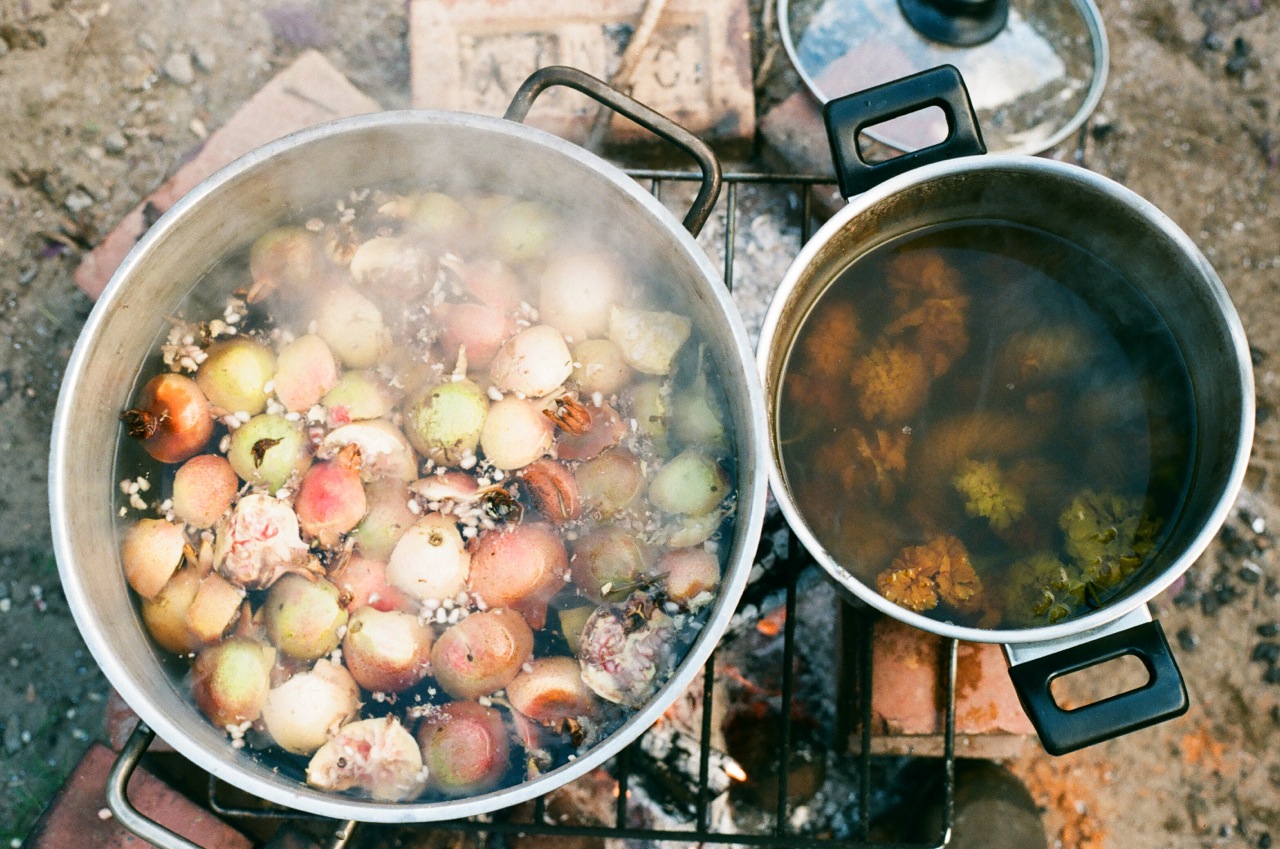
Pomegranates
You only need the skins to achieve a beautiful soft and creamy yellow or grey dye, so you can eat your pomegranate and dye with it too!
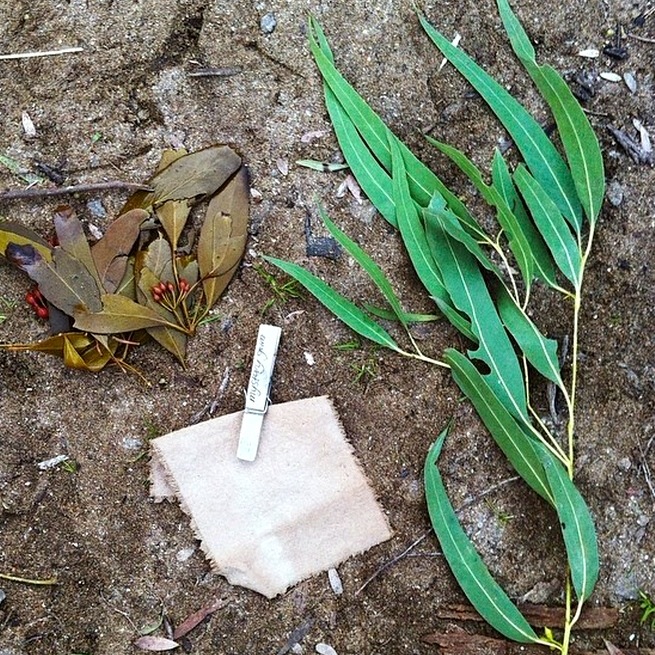
Mysterious gum trees
Which I have dyed with but have no idea what their exact names are! – One of my favourite ways to collect dye materials is to walk around my neighbourhood after a storm and look out for tree branches that have fallen.
I drag them home or ask a friend to help me carrying them. This is an excellent low-impact way of harvesting plant materials for dyeing.
Other great dyes you could find in your kitchen/backyard: fennel tops, avocado pips, blackberry leaves, purple basil, elderberry, purple congo potatoes, mulberry, carrot tops, stinging nettle and New Zealand spinach.”
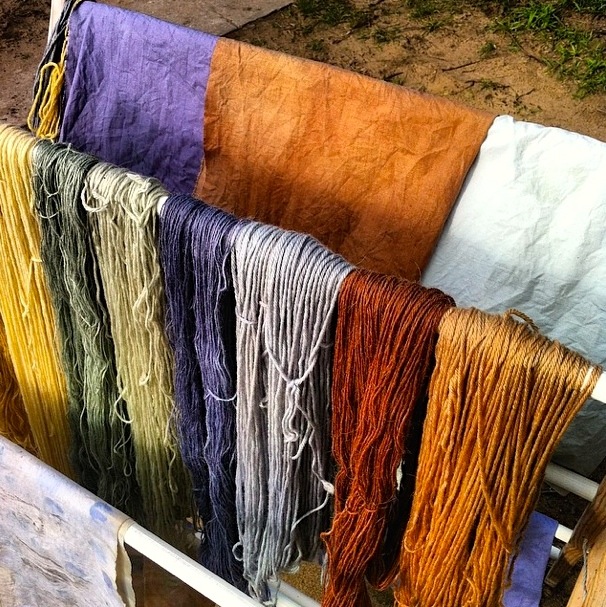
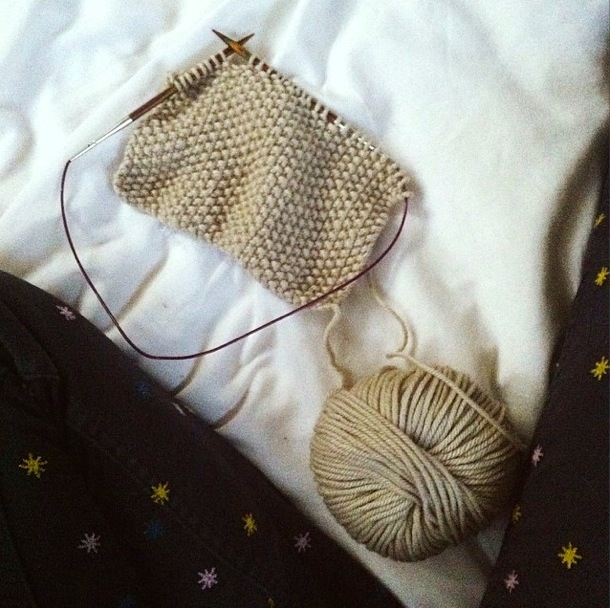
Inspired yet? Need an excuse to fire up a steaming pot out the back and stir it slowly this weekend? We can’t wait to try these out. Thanks so much Bel.
You can follow Belinda’s dyeing escapades on her blog. Robin, co-owner of Transition Farms has also been posting plenty of dye pics at their Instagram also.
Have you dabbled in plant dyeing? What did you use?
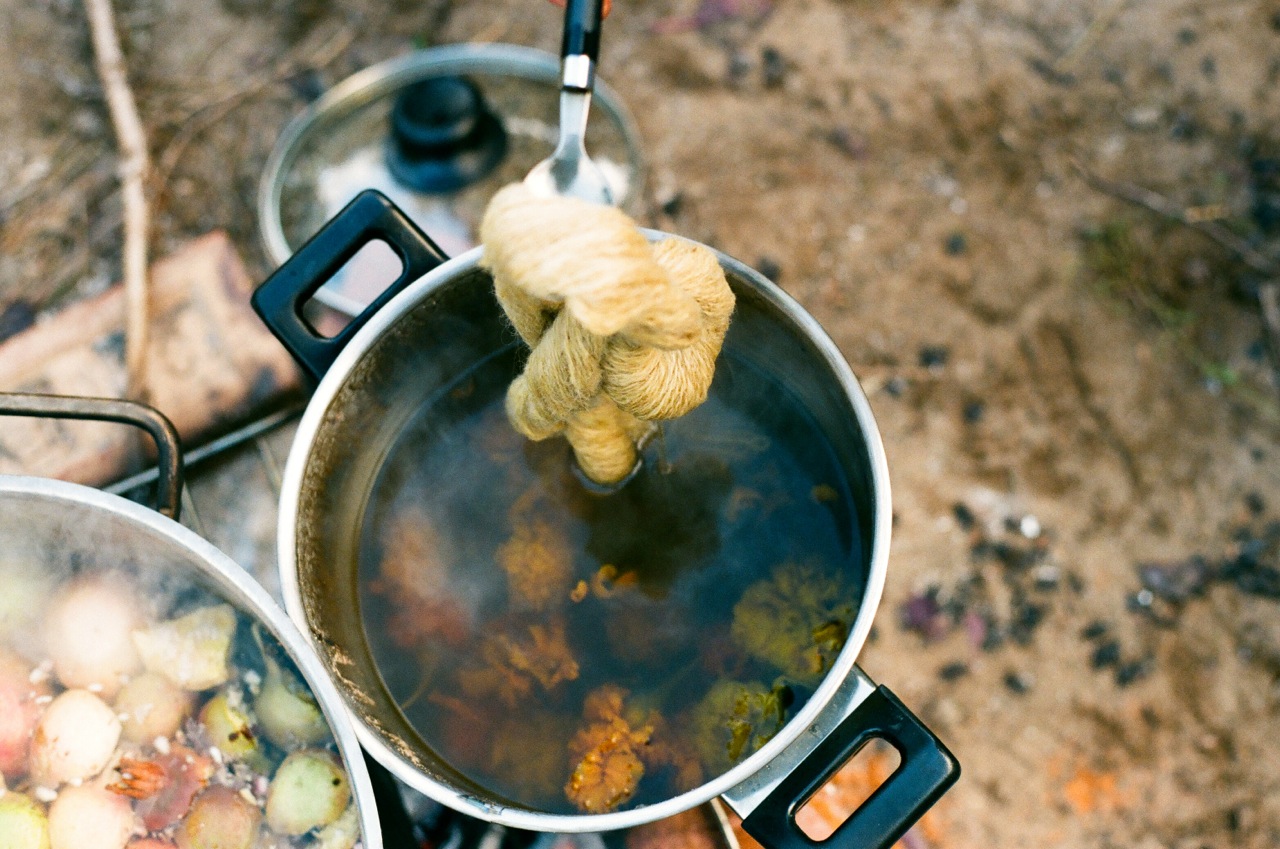
Images mostly by Belinda Sheekey, and some from Robin.
Words by Emma Bowen – grower of good things including GreenUpTop + Slowpoke Journal












